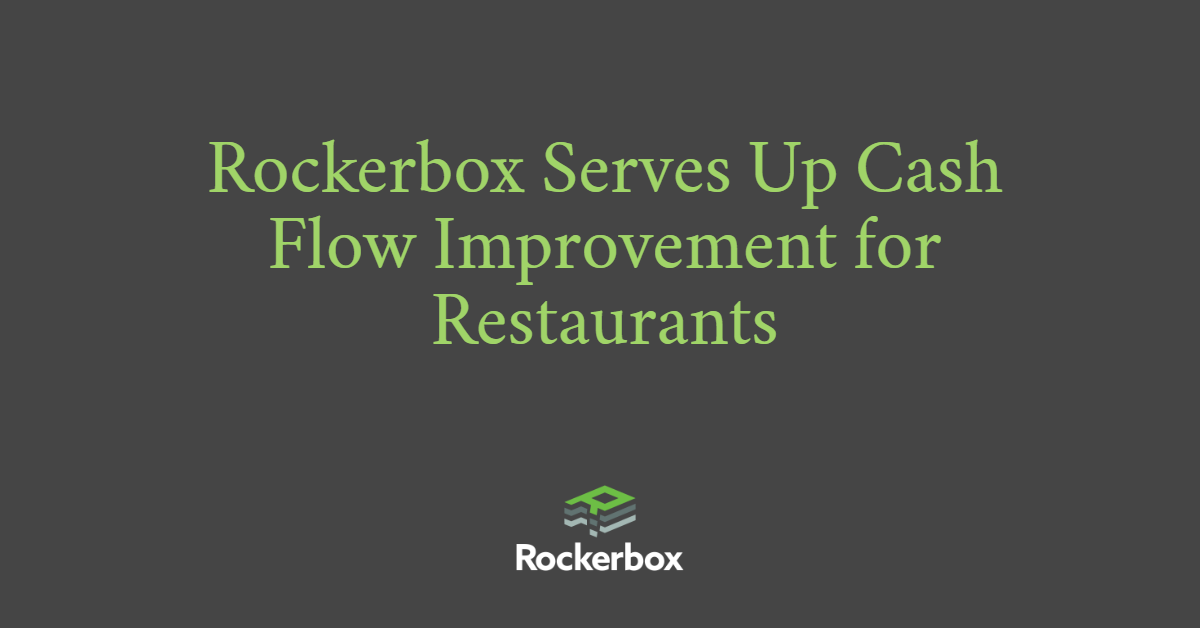
In today’s highly competitive restaurant industry, maintaining healthy cash flow is crucial for survival and growth. While many restaurant owners turn to debt financing to fuel expansion, there are alternative strategies that can improve cash flow without incurring additional liabilities. By leveraging programs like Rockerbox’s Work Opportunity Tax Credit (WOTC), FICA tip credits, empowerment zones, cost segregation, and strategic payroll and new hire onboarding, restaurants can significantly boost their cash flow.
### Case Study 1: An Urban Bistro – Leveraging WOTC and Empowerment Zones**Challenge:** The bistro, a trendy restaurant in a revitalized urban area, struggled with fluctuating cash flow due to seasonal demand. They needed a way to stabilize finances, particularly during off-peak periods, without resorting to loans.
**Solution:** By working with Rockerbox, The bistro identified that they were located in an Empowerment Zone, which made them eligible for additional tax incentives. Combined with WOTC, which provided an average tax credit of $2,400 per eligible new hire, the restaurant was able to generate substantial tax savings.
**Outcome:** These tax credits effectively doubled The bistro’s cash flow, allowing them to hire additional staff during peak seasons without impacting their bottom line. The extra cash flow was reinvested into marketing initiatives, driving customer engagement and revenue during slower periods.
### Case Study 2: Coastal Restaurant – Boosting Cash Flow with FICA Tip Credits and Cost Segregation
**Challenge:** A family-owned seafood restaurant, found it difficult to manage cash flow due to high operational costs, particularly with payroll and property expenses.
**Solution:** Rockerbox introduced the restaurant owners to the FICA Tip Credit, which allowed them to claim a credit for a portion of the FICA taxes paid on employee tips. Additionally, by implementing a cost segregation study, the restaurant was able to accelerate depreciation on certain property assets, further reducing their taxable income.
**Outcome:** These combined strategies resulted in a significant cash flow improvement—nearly doubling it. With the increased cash flow, the owners expanded their outdoor seating area, attracting more customers and increasing overall sales without taking on any debt.
### Case Study 3: The Café – Optimizing Payroll and Onboarding for Growth
**Challenge:** The café, a farm-to-table restaurant, faced cash flow constraints due to high employee turnover and the costs associated with constant hiring and training.
**Solution:** Rockerbox helped the owners optimize their payroll and new hire onboarding process. By integrating Rockerbox’s system into their existing operations, the café streamlined the hiring process and ensured they captured all available WOTC credits. Additionally, the efficient onboarding process reduced turnover, saving on rehiring and training costs.
**Outcome:** The café saw a 100% improvement in cash flow, which was used to open a second location. By maximizing their tax credits and optimizing their operations, they expanded their business without the need for external financing.
### Conclusion
These examples demonstrate how restaurants can significantly enhance their cash flow by leveraging available tax credits and optimizing their operations with Rockerbox. By doubling their cash flow, these businesses were able to grow and thrive without relying on debt financing, proving that smart financial strategies can be as valuable as the food on their menus.
If you’re a restaurant owner looking to improve your cash flow and fuel growth, consider exploring how Rockerbox’s solutions can work for you. With the right strategy, you too can achieve a 100% cash flow improvement and take your business to the next level.